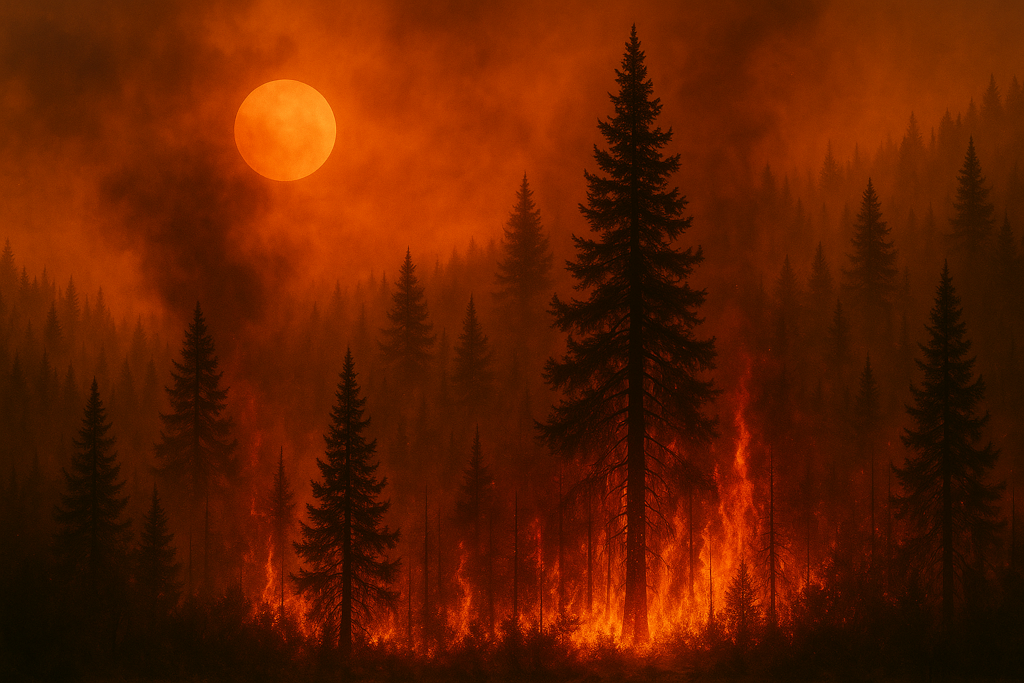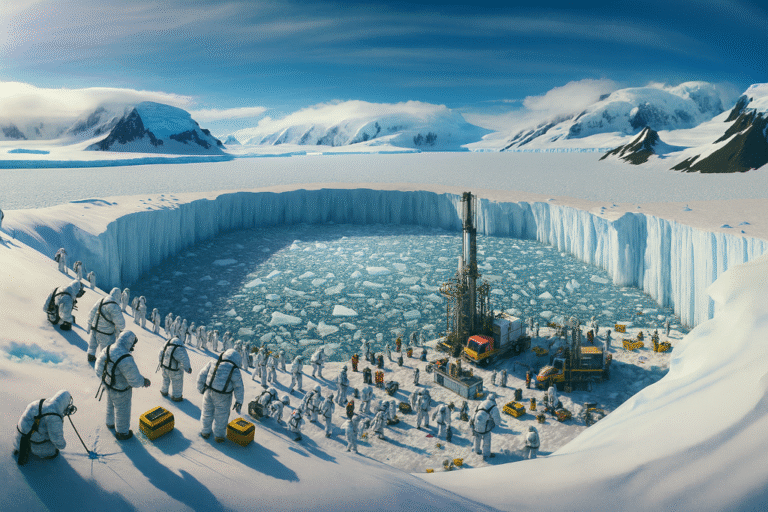Every summer, it feels like the skies of the Pacific Northwest turn a little grayer, not from rain, but from smoke.
Wildfires, once considered rare disasters, are now a near-annual occurrence. Tiny communities face evacuations, skies turn blood-orange at noon, and families anxiously refresh fire maps. Naturally, people ask: “Is this because we’ve mismanaged our forests?”
It’s a fair question. After all, we’ve long heard stories about the dangers of suppressing wildfires and the consequences of logging practices. But here’s the surprising truth:
While poor forest management has absolutely made things worse, it’s not the main reason wildfires are growing more intense, more frequent, and more devastating.
The turning point: the climate factor we can’t ignore
Let’s rewind four decades. In the 1970s, wildfires in the Western U.S. were fewer and smaller. But since then, something has flipped—and dramatically.
According to leading climate scientists and federal fire reports, the number of large fires has almost tripled since the 1970s. Even more alarming? The average fire season, once just five months long, now stretches nearly nine months in some places.
What changed? The climate.
Here’s what researchers have found:
- Higher temperatures: Warmer conditions dry out vegetation—turning forests into tinderboxes waiting for a spark.
- Earlier snowmelt: With snowpacks melting earlier, forests lose a vital source of moisture just when they need it most.
- Increased drought: Long-term drying trends have reduced humidity and evaporated natural moisture buffers in many ecosystems.
Experts estimate that roughly half of the increase in the area burned by wildfires across the Western U.S. is directly linked to these long-term warming and drying trends.
And the Pacific Northwest—long cherished for its lush, green forests—isn’t immune. Even wetter forests near the coast are now experiencing mega-fires, something that would have been almost unthinkable 50 years ago.
But wait… wasn’t forest mismanagement a big deal too?
Yes—and in some places, it still is.
In drier ecosystems, like Ponderosa pine forests in eastern Washington and Oregon, humans made a critical misstep: fire exclusion. For nearly a century, we suppressed every fire possible, logging large, fire-resistant trees and allowing fuel loads to build up unnaturally.
These forests evolved with low-intensity fires. Fire was a natural cleanser, thinning out dense underbrush. Without it, the forest becomes dense and flammable—primed for extreme fire behavior when ignition eventually occurs.
Add in grazing, which further altered the landscape, and you get highly vulnerable forests. These areas are seeing severe fires that burn hotter and faster than ecosystems are equipped to handle.
So who’s really to blame?
It’s not a clean-cut answer. But the simplest way to think about it is this: climate change is the fuel, poor forest management is the accelerant.
In wet forests, climate change alone has tipped the balance. In dry forests, mismanagement laid the groundwork—but climate change still pushes things over the edge.
The most striking example?
Look at 2020’s Labor Day fires. Fueled by record-breaking heat and dry winds, fires tore through both dry and moist forests in Oregon and Washington—burning more area in a week than in some years combined.
That catastrophe wasn’t just a forest management issue. It was the climate coming to collect.
What now?
If we’re serious about reducing wildfire risk in the Pacific Northwest, we must address both issues—but prioritize the one that’s driving the most change.
- Reduce carbon emissions to slow climate-driven warming and drying.
- Restore forests wisely—especially dry ecosystems that evolved with fire.
- Invest in prescribed burning and strategic thinning to reintroduce balanced fire into the landscape where appropriate.
The big truth
It’s tempting to blame forest mismanagement alone—because it feels like a human mistake we can fix. But the science makes it clear: climate change is the primary engine behind today’s wildfire chaos. Ignoring it is like mopping up a flood without turning off the faucet.
We can’t go back to the forest policies of the 1900s. But we can shape how we respond today: with smarter management and a bold commitment to climate action. Our forests—and our futures—depend on it.




Leave a Comment